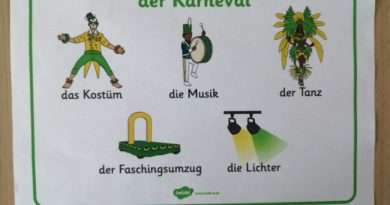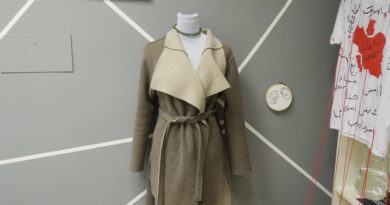Rome trip: Santa Maria Maggiore Basilica
During our visit to Rome, students took on the role of tour guides. Each student introduced a specific monument to the group, focusing on three key areas:
- The history of the monument
- The monument’s relevance today (its influence on current culture, language, architecture, etc.)
- A fun fact or an interesting story
In this blog post, we share Maria’s take on the Santa Maria Maggiore Basilica.
Santa Maria Maggiore Basilica
The Santa Maria Basilica was founded during the times of Pope Sixtus III (432–440) shortly after the Council of Ephesus in 431, the council of Ephesus, pronounced Mary as the mother of god. This was one of the reasons why this church was built. It is located in Rome, and it is one of the biggest churches that is dedicated to Mary. The basilica was built to be very plain, but later mosaics and frescos were added to decorate the building during the 17th century under Popes Sixtus V and Clement VIII. The Sistine Chapple by Dominico Fontana between 1585–87. and the Pauline chapels were added. In the 18th and 19th centuries, the bell tower was added.
Fun fact: according to legends the location of the basilica was revealed by a miraculous snowfall. So now every year it is celebrated by throwing white rose petals from the tower during a special mass. (the act of worship in the Catholic Church). As well as seven Popes have been buried in this Basilica:
- Honorius III (reigned 1216–27)
- Nicholas IV (reigned 1288–92)
- St. Pius V (reigned 1566–72)
- Sixtus V (reigned 1585–90)
- Clement VIII (reigned 1592–1605)
- Paul V (reigned 1605–21)
- Clement IX(reigned 1667–69)
Pope Francis also announced in 2023, that he would like to be buried in this Basilica.
It also has a lot of relics that are important for the religious world. For example, the Holy Crib, which was brought by Saint Jerome. Or the remains of St. Mathew the Apostle and St. Jerome. The icon of Mary known as the Salus Populi Romani ( “Health of the Roman People”), which hangs above the altar in the Pauline Chapel, is believed to have been made by St. Luke the evangelist.
It is extremely important to people because it is not only one of the oldest churches, however, it is also a very important religious building for a lot of people.
This basilica has a large mix of medieval Christian mosaics, Renaissance, Baroque and many more. A lot of liturgical music has been made there. Several composers have been choirmasters in this basilica.
Citations: https://www.britannica.com/place/Santa-Maria-Maggiore-church-Rome-Italy




